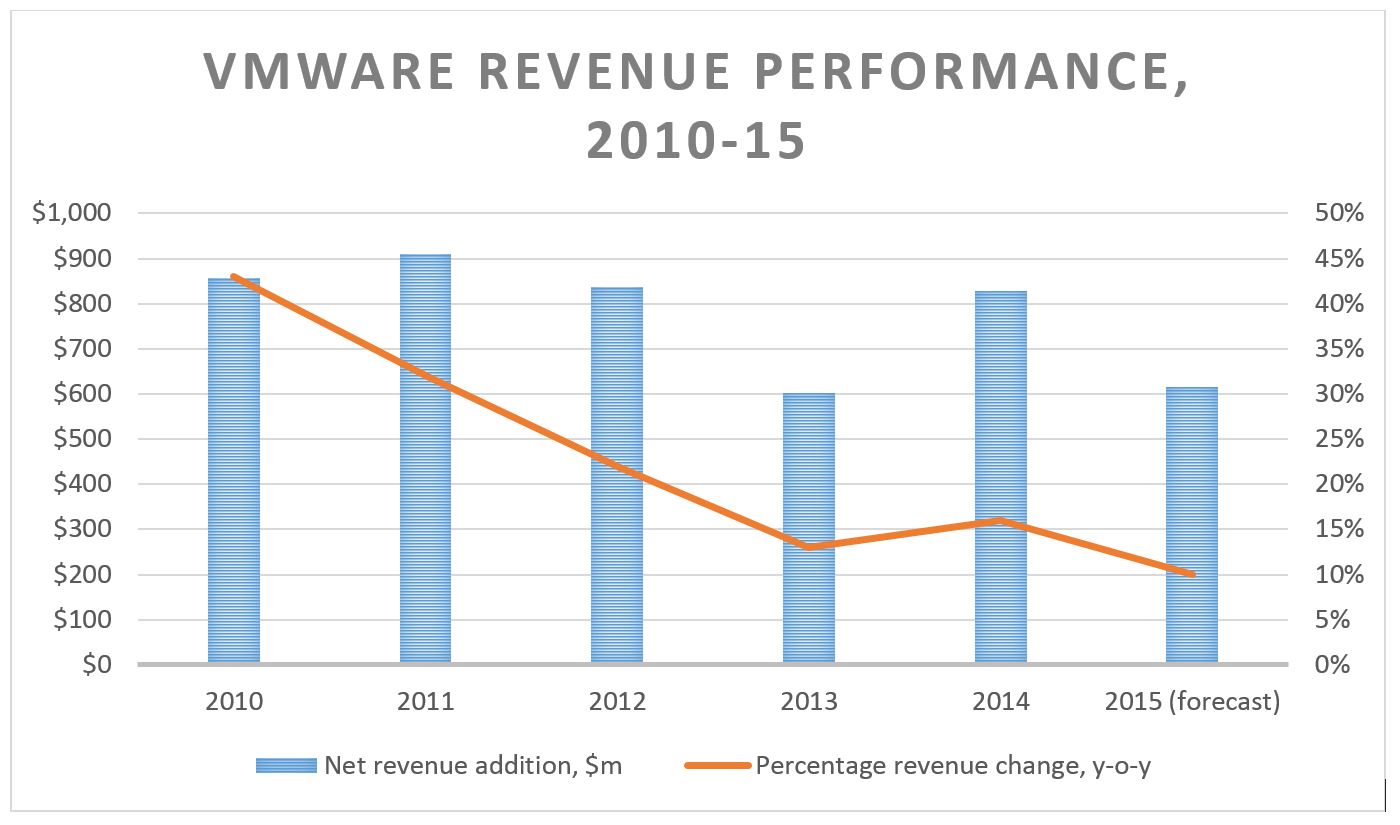Contact: Nancy Gohring
Even though it’s early still for the use of containers and microservices, we’ve seen a handful of startups enter the market with technology designed specifically for the monitoring needs of those environments. Established vendors also are developing techniques for this segment, yet adoption of these technologies is moving fast enough that broader application monitoring companies may decide to buy a specialist to speed time to market.
In our 2016 Voice of the Enterprise (VotE): Cloud Transformation, Budgets and Outlook survey, 26.7% of respondents said they were either in broad or initial implementations of containers in production environments. A further 11.3% said they were using containers in test and development environments, 21.4% said they were employing containers in trials, and 40.7% said they were evaluating containers.
Emerging vendors such as Sysdig, Outlyer and Instana are developing new approaches that aim to solve the particular challenges of monitoring applications built using containers and microservices, especially the challenges that emerge in dynamic environments. Most of these startups are quite small, with relatively few customers, indicating that they still have work to do to prove their worth. However, we believe both legacy and newer-breed providers looking to quickly add capabilities around this fast-growing use case could benefit from a pairing with one of the new entrants, allowing them to start serving users now.
Legacy vendors specifically, which have been eclipsed in recent years by more modern players, may have the most to gain from such an acquisition. Subscribers to 451 Research’s Market Insight Service can access a detailed report that analyzes the potential acquisitions of application monitoring companies built for container environments.

